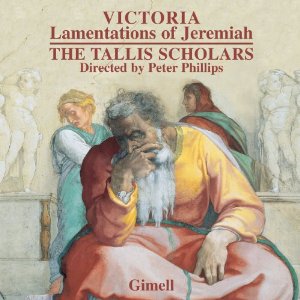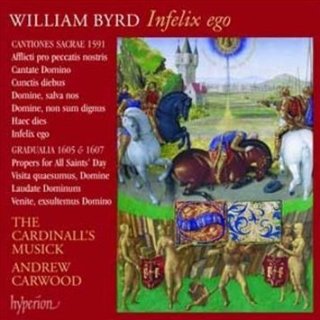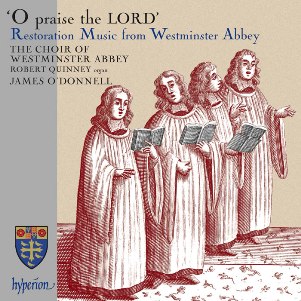Search This Blog
Early music and more by Edward Breen
Where possible, review entries are linked to their original publication.
Posts
Showing posts from 2010
William Byrd: Infelix ego (The Byrd Edition Vol. 13)
- Get link
- X
- Other Apps
O praise the Lord: Restoration Music from Westminster Abbey
- Get link
- X
- Other Apps





